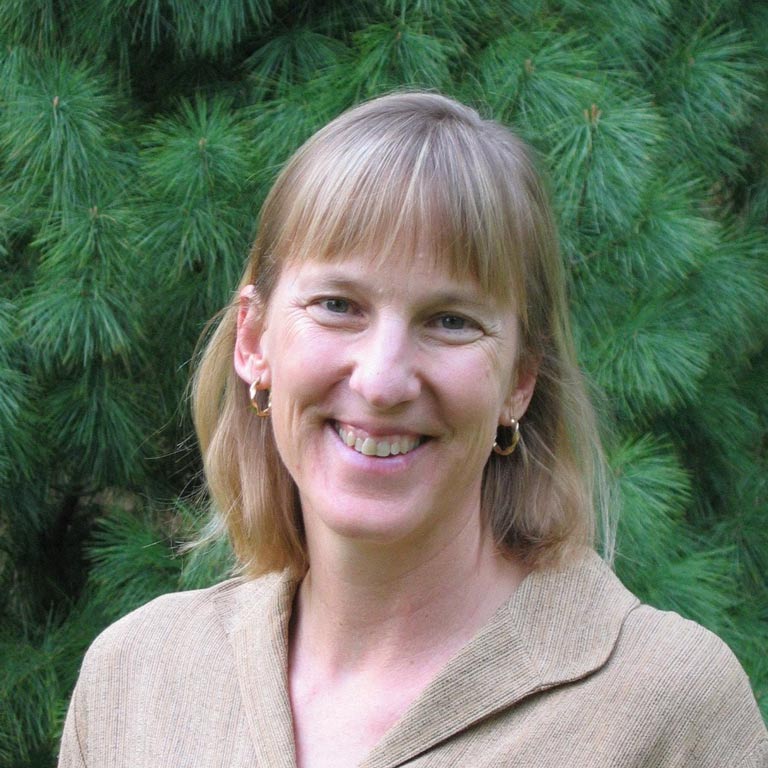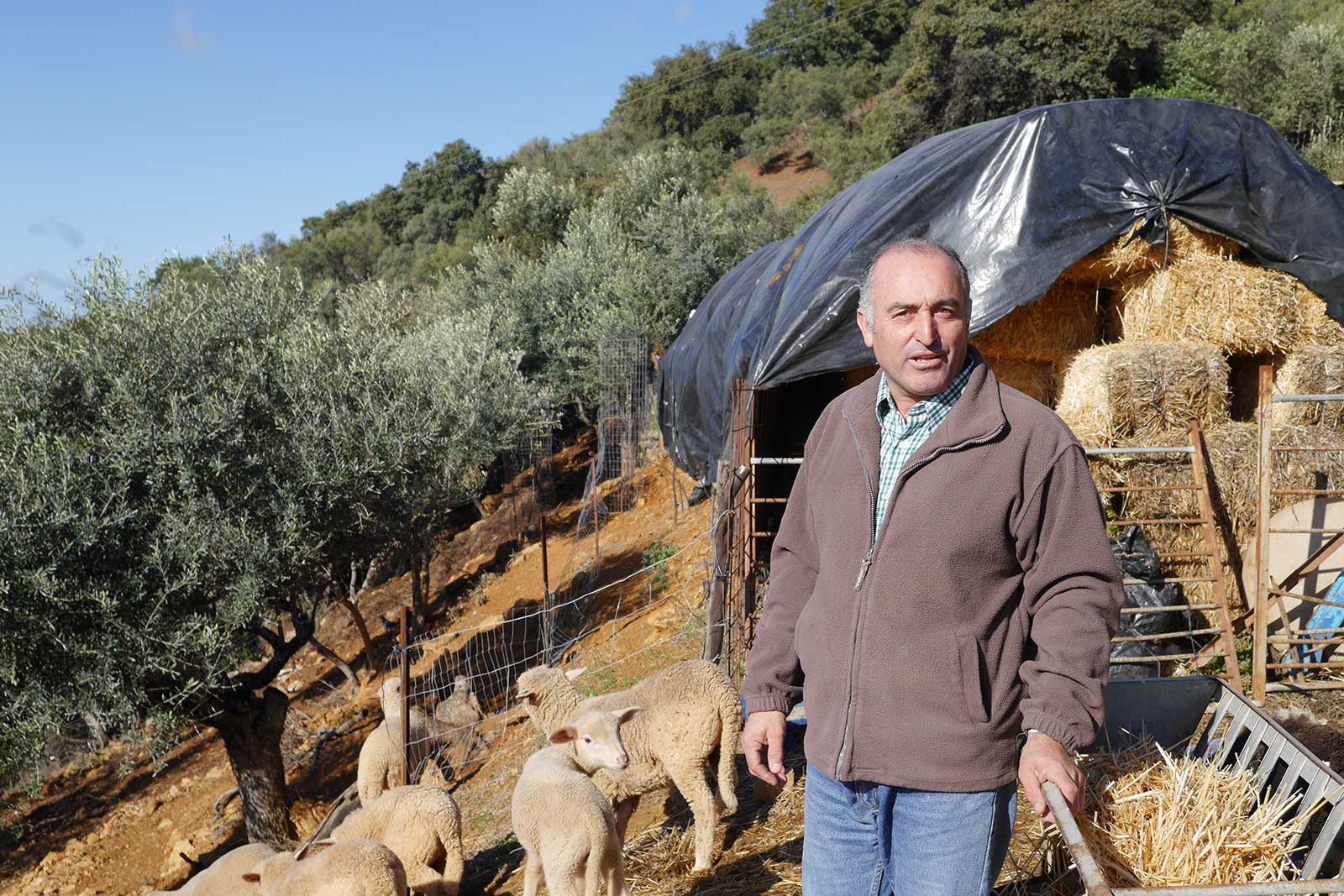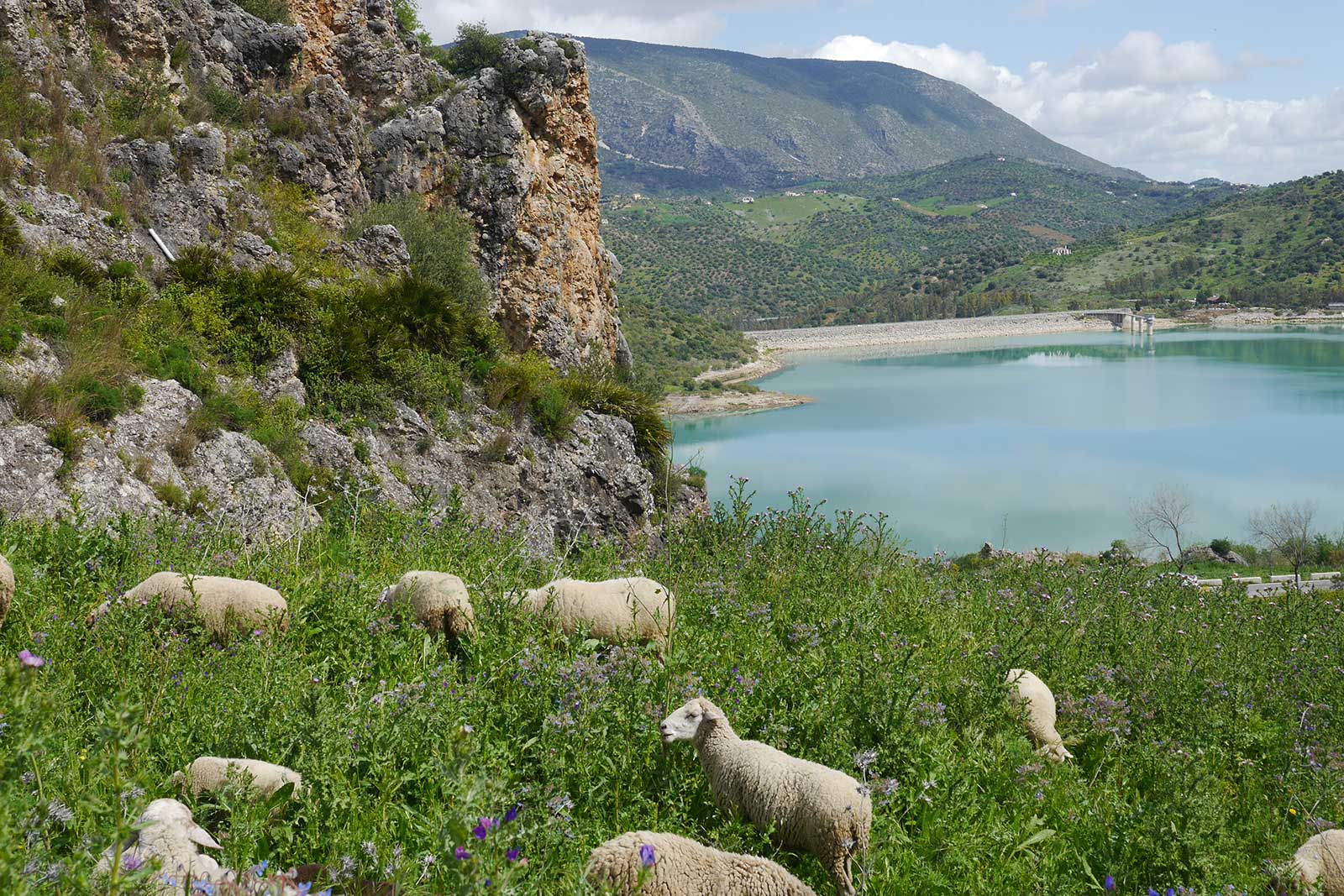As we hiked along a trail in the Northern Picos de Europa, he seemed to appear out of nowhere. He spoke poetically about the mountains and how they seem to hide behind clouds and mist, seeing fit to show themselves only on rare occasions as they did on that hot cloudless day. He also spoke of the trials of solitary life living in his traditional shepherd’s hut, suffering from a fever with no one to take care of him, much less his sheep.
Many years later, while doing archival research in Seville in 2015, I witnessed shepherds moving flocks through semi-arid land on the outskirts of the city under an intense early spring sun. I watched frequent television programs and read nearly weekly articles that focused on transhumance-- an ancient solution to the challenge of maintaining sustainable grazing practice by moving livestock to summer and winter pastures along droving routes officially recognize as far back as the 12th Century with Alfonso X. I also listened to a few friends’ stories about their transhumance vacations in Northern Spain. What had been a distant, rural curiosity for me as a student had now become part of a cultural revival and a growing sustainability scene some forty years later.
Seeing my curiosity, IU alum María del Mar Torreblanca (MA Linguistics, 1987) offered to introduce me to a shepherd she knew from the Sierra Norte, about an hour from Seville. When we met, he told me his life story and encouraged me to share it with others. Within a few years (including dramatic interruptions due to the COVID pandemic), I had interviewed about 60 people, and began to assemble a living archive of the voices, places, and landscapes that reflect Andalusia’s pastoral past and present. While our youngest daughter attended Colegio every day, just a few steps from La Giralda, I took off to the surrounding monte mediterráneo to spend the day with shepherd families and their advocates. I soon had to face the uncomfortable fact that my romanticized idea of pastoralism was highly colored by cultural images of the humble Christian shepherd and stories of idealized shepherds from Don Quixote, and I came to understand how people working in sustainable pastoralism have become defenders of valuable cultural and environmental geographies integral to national Spanish patrimony and help to maintain paths forward in the face of rural depopulation and global climate change. Indeed, in December 2023, just as my project wrapped up, UNESCO declared Spanish transhumance as Intangible Cultural Heritage, part of a larger cultural geography that is reshaping local, regional, national, and European economic and environmental initiatives.
My book, A Country of Shepherds: Cultural Stories of a Changing Mediterranean Landscape is a snapshot in time from my own perspective as an “outsider.” Indeed, my presence — my curiosity as well as my ignorance—often were the source of light-hearted teasing. Through their words, they shared a glimpse of the landscapes, life practices, and challenges of pastoralism (both transhumance and extensive grazing) as well as a keen awareness of the significance of their work as a globally interconnected system. They give a face and voice to a complex national and international conversation about sustainability, food systems, and cultural traditions. More is at stake here than simply cultural identity. Due to the growing threat of global warming, southern Spain, like many parts of the world, are at risk for increased desertification and depopulation if modern intensive agricultural practices do not adapt.
With the help of an IU Presidential Award and the talent of many current and former IU graduate students (Pablo García Loaeza [Ph.D. 2006], Damián Solano Escolano [Ph.D. 2022], Grady Wray [Ph.D 1999], Nathan Douglas [M.A. 2017], and Giada Mirelli [M.A. 2022, Ph.D. expected 2026]), I published A Country of Shepherds in both Spanish and English, in hard copy and in free downloadable formats (Editorial Universidad de Sevilla, 2023; Open Book Publishers, 2024) to help raise awareness about these intertwining stories and phenomena as well as our own roles in supporting these ancient but very relevant ways of managing ecosystems and cultural landscapes. We all have a part in how this story will unfold globally over the next couple decades. As citizens—and consumers—we will have powerful input into its outcome.



 The College of Arts
The College of Arts